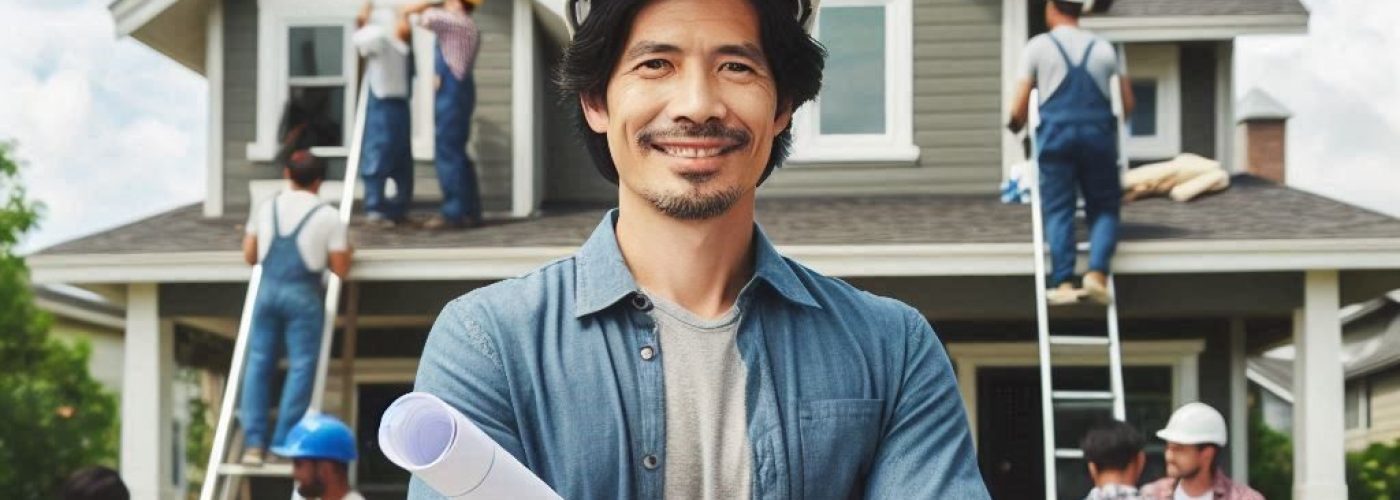Rebuilding after accidents presents a unique challenge, but sustainable building practices offer a promising solution.
Innovations in green construction not only enhance the quality of repairs but also promote safety and environmental responsibility. Utilizing materials like recycled steel and techniques such as modular construction, these methods ensure efficient rebuilds with minimal waste.
Advanced Sustainable Materials: Revolutionizing Post-Accident Rebuilds
Integrating advanced sustainable materials in post-accident rebuilds can significantly enhance both durability and environmental impact. Materials like recycled steel, bamboo, and reclaimed wood offer superior strength compared to traditional options. These materials also reduce waste, making them environmentally friendly choices for reconstruction projects.
For example, using bamboo—known for its rapid growth and robust properties—can lead to faster completion times while maintaining structural integrity. By adopting these innovative materials, builders can create safer, more resilient structures that stand the test of time.
Legal Considerations in Construction-Related Personal Injury Claims
Navigating the legal landscape following a construction-related accident can be daunting. Personal injury accident claims often arise from negligence or faulty construction practices during rebuilds, making it essential to have expert legal guidance.
An experienced personal injury lawyer ensures that all aspects of the claim are meticulously handled, from gathering evidence to negotiating settlements.
For instance, if sustainable materials fail due to improper installation, resulting in injuries, a lawyer will scrutinize the construction process and material quality. They protect your rights by holding responsible parties accountable and securing fair compensation for damages.
Moreover, understanding building codes and regulations is crucial; non-compliance can lead to severe penalties and complicate claims further. Engaging a knowledgeable attorney early on can prevent these pitfalls, ensuring a smoother resolution process while safeguarding your interests throughout reconstruction efforts.
Modular Construction Techniques: Speeding Up Recovery with Precision
Modular construction techniques offer a game-changing approach to post-accident rebuilds, emphasizing speed and precision. Using building components that are manufactured off-site drastically reduces construction time and minimizes waste on-site. Each module is meticulously crafted in controlled environments, ensuring high quality and consistency.
Once transported to the site, modules are assembled like building blocks, streamlining the entire process. This technique not only accelerates recovery but also enhances structural integrity and safety for occupants.
Energy-Efficient Systems: Reducing Operational Costs Post-Reconstruction
Implementing energy-efficient systems in rebuilt structures significantly reduces long-term operational costs while promoting environmental sustainability. Technologies such as solar panels, high-efficiency HVAC systems, and LED lighting minimize energy consumption without compromising comfort or functionality.
Additionally, smart thermostats and automated controls optimize energy use based on real-time data and user preferences. These innovations ensure that rebuilt properties remain cost-effective over their lifespan while reducing carbon footprints—benefiting both property owners’ wallets and the planet.
Community Involvement in Sustainable Reconstruction Projects
Community involvement plays a crucial role in sustainable reconstruction projects after accidents. Engaging local residents fosters a sense of ownership and responsibility towards newly built structures. Collaborative efforts can include volunteer labor, crowd-sourced funding for green materials, or input on design choices reflecting community needs.
This inclusive approach ensures that rebuilds not only meet environmental standards but also resonate with those who inhabit them daily—creating safer neighborhoods through a shared commitment to sustainability.
Building Resilient Communities Through Sustainability
Adopting sustainable building practices in post-accident reconstruction is more than just a trend—it’s a commitment to creating resilient communities. By integrating advanced materials, modular techniques, and energy-efficient systems, we ensure that rebuilt structures are safer and more durable.
Community involvement further strengthens this process, fostering a collective sense of responsibility and pride. As we look towards the future, embracing these practices will not only enhance our built environment but also contribute to healthier, more connected neighborhoods where everyone can thrive.





